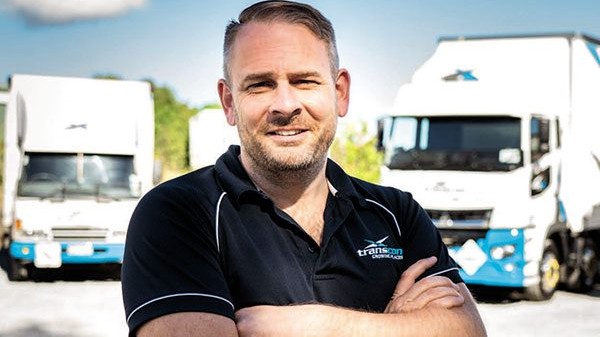It’s tough enough out there!

There’s no denying that it’s bloody tough out there. I seldom cross paths with an operator who hasn’t experienced some contraction in volume in the past quarter or more. This environment typically leads to aggressive rate-cutting, but it doesn’t have to.
Although volumes are down, far too many operators seem determined to try and drag down rates to match the reduced demand. It’s as though a pile of special calculators have found their way into circulation among operators across our great land – for here we find ourselves rewriting our cost and margin equations. Where 1 + 1 + 1 + 1 once equalled 4, these fandangle new calculators now allow it to equal 3. What on earth is more desirable than doing that same task, from which you only ever managed to eke a modest return, but now doing it for less? Surely the definition of living the dream!
Yep, I can well appreciate what desperation does – the preparedness to do whatever it takes to keep your wheels turning. But, to do so via a method so detrimental to the overall state of the industry and that again drags hard-fought- for rates back to prehistoric levels does years of damage in one fell swoop.
What perplexes me most is that the rate-dropping I’m seeing and hearing of is at such extreme levels it makes life pretty unpleasant for the new recipient of the volume; literally a lose-lose situation all round.
I’ve previously delved into the topic in these columns, but I again raise the idea of working collaboratively with our peers rather than aggressively attacking them for little gain. What short-term synergies might exist to drive greater efficiency and value across the network instead of resorting to ye olde classic cost-cutting machete approach? I’ve seen some great examples where fleets have used other fleets’ off-season capacity to bolster their in-season capacity. Peak milk season is perhaps the country’s best example of this collaboration and network utilisation at play, where tanks seem to find their way onto all manner of chassis combos in the name of keeping the milk flowing in the right direction at the right time. The magnitude of this task is immense, and one suspects simply wouldn’t function (with the same cost-efficiency) were it not for collaboration during this heightened period of liquid logistics.
As I’ve also mentioned, now’s the time to be innovating, putting in the groundwork for more buoyant times ahead. This is a time when we do have time to review, reflect, think and plan a creative way forward to overcome and look beyond the hurdles we might currently be facing. Better yet, it’s a time to engage someone external (whether a peer or someone in a more professional capacity) to provide third-party insight and context and challenge your perspective or plans. My experience leading Delivery tells me that most operators already have the answers; they need the space to focus and think about the ‘tomorrow’ challenges – something extremely difficult to do when glued to dealing with yesterday and today.
So, take five, and list those top few obstacles currently occupying the greatest amount of your mental span and think about who you might know that could lend an ear or help you dissect those issues and how to change the narrative moving forward. The chances are you have people in your network that have either been through the challenges or might be going through them right now. Make use of the adage about a problem shared being a problem halved.
It’s tough out there, but by using today wisely, we can ensure tomorrow doesn’t have to be quite so tough.It’s tough enough out there!


